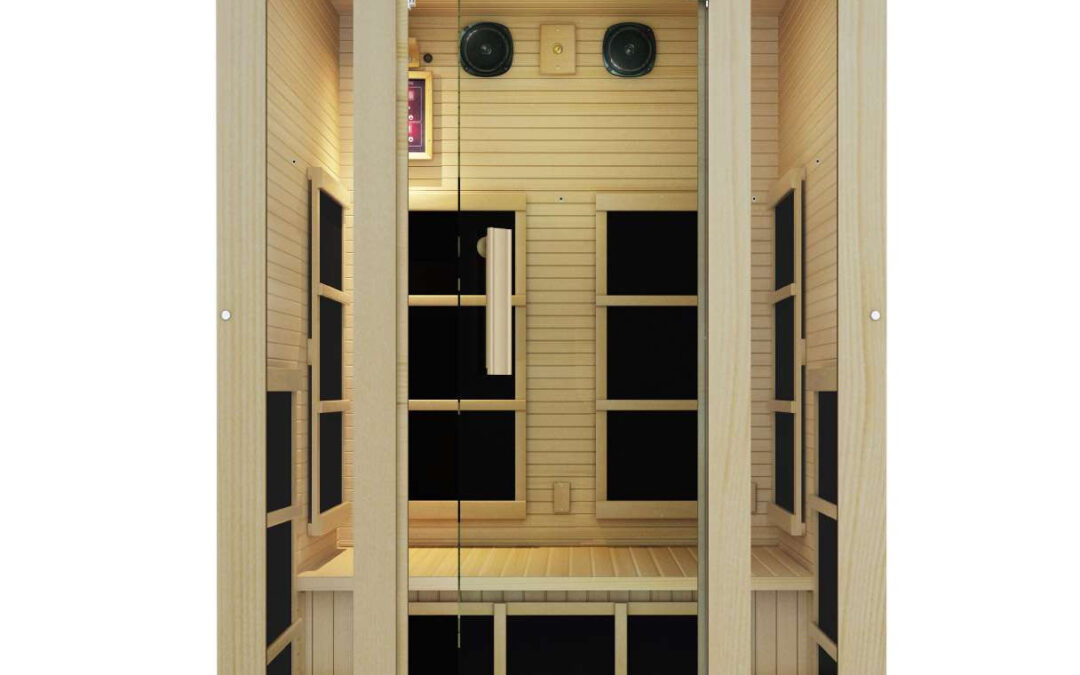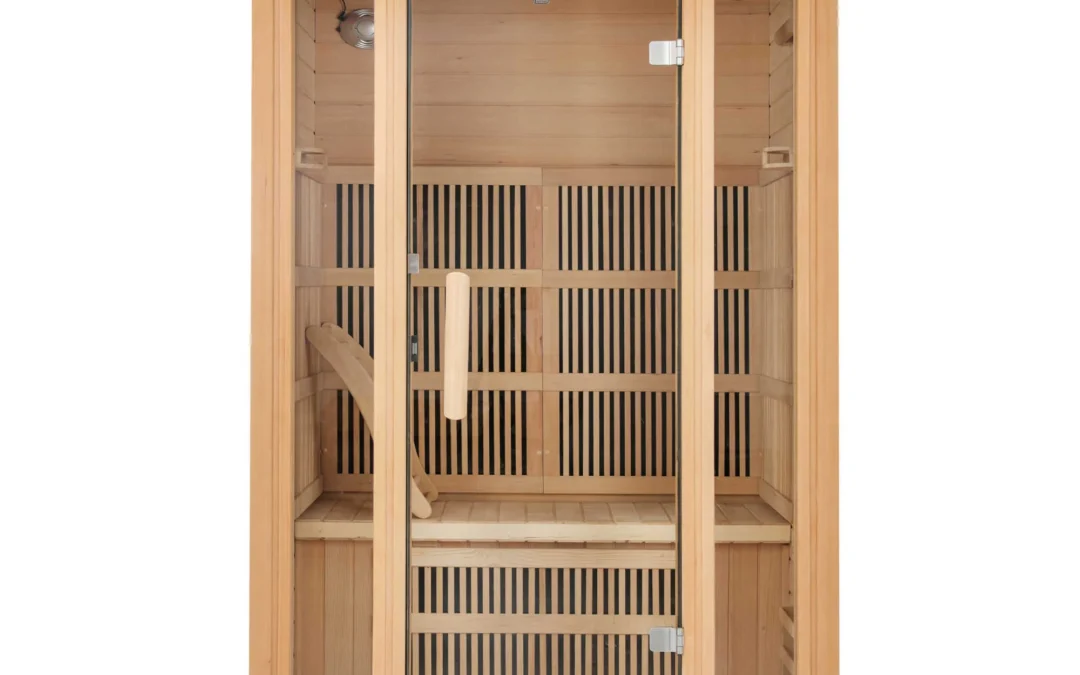Introduction
When it comes to choosing a mattress, there are various options available in the market today. One popular type is the memory foam mattress, known for its pressure-relieving properties and body-contouring comfort. While memory foam mattresses offer many benefits, it’s essential to be aware of their potential disadvantages before making a purchase decision. In this article, we will explore the disadvantages of memory foam mattresses, such as off-gassing, heat retention, and limited edge support, and introduce an alternative option, the Saatva mattress.
What is a Memory Foam Mattress?
Before delving into the disadvantages, let’s understand what a memory foam mattress is. Memory foam is a type of polyurethane foam that responds to heat and pressure. It was initially developed by NASA to provide cushioning and support for astronauts during space travel. Today, memory foam mattresses are designed to conform to the body’s shape, offering personalized comfort and support.
The Benefits of Memory Foam Mattresses
Memory foam mattresses have gained popularity for several reasons. Here are some of their advantages:
1. Pressure Relief: One of the primary benefits of memory foam mattresses is their ability to alleviate pressure points. The foam molds to the body, distributing weight evenly and reducing the strain on specific areas such as the shoulders, hips, and lower back. This can help relieve pain and promote better sleep quality.
2. Motion Isolation: Memory foam mattresses excel in isolating motion transfer, making them an excellent choice for couples or individuals who share a bed. The foam absorbs movements, preventing disturbances caused by a restless partner. This feature ensures a peaceful sleep environment.
3. Spinal Alignment: Proper spinal alignment is crucial for maintaining a healthy posture during sleep. Memory foam mattresses excel in supporting the natural curvature of the spine. The foam contours to the body, providing targeted support to different areas, including the neck, shoulders, and lower back. This helps align the spine and reduce the risk of developing discomfort or pain.
4. Allergy-Friendly: Memory foam mattresses are resistant to common allergens such as dust mites, mold, and pet dander. The dense structure of the foam makes it difficult for these allergens to penetrate, creating a healthier sleeping environment for individuals with allergies or respiratory conditions.
5. Durability: High-quality memory foam mattresses are known for their durability. They can withstand years of use without sagging or losing their supportive properties. Because of their lifespan, they are a long-term cost-effective investment.
6. Customized Comfort: Memory foam responds to body heat, allowing it to conform to each individual’s unique shape. This personalized contouring provides customized comfort and support, regardless of body type or sleeping position. It helps eliminate pressure points and promotes a comfortable sleep experience.
The Disadvantages of Memory Foam Mattresses
While memory foam mattresses offer numerous benefits, they may not be suitable for everyone. Consider the following drawbacks:
1. Initial Odor: Newly purchased memory foam mattresses often have a distinct odor. This is known as off-gassing and is caused by the release of volatile organic compounds (VOCs) from the foam. The odor can be strong and unpleasant initially, but it typically dissipates within a few days to a few weeks. To minimize the odor, it is recommended to allow the mattress to air out in a well-ventilated room before use.
2. Heat Retention: One common complaint about memory foam mattresses is their tendency to retain heat. The dense structure of the foam can trap body heat, resulting in a warmer sleeping surface. This can be uncomfortable, particularly for individuals who naturally sleep hot or live in warmer climates. However, advancements in mattress technology have led to the development of memory foam mattresses with cooling features to address this issue. Look for mattresses with gel-infused foam or open-cell construction that promotes better airflow and temperature regulation.
3. Lack of Edge Support: Compared to traditional innerspring mattresses, memory foam mattresses may lack edge support. Sitting or sleeping near the edge of a memory foam mattress can cause it to compress, making it less supportive. This might be a concern for individuals who prefer using the entire surface of the mattress or have limited mobility. Consider opting for memory foam mattresses with reinforced edges or hybrid mattresses that combine memory foam with pocketed coils for enhanced edge support.
4. Potential Off-Gassing: In addition to the initial odor, memory foam mattresses can potentially emit low levels of harmful chemicals over time. While the levels are generally considered safe and within regulatory limits, some individuals may be sensitive to these emissions. If you have chemical sensitivities or prefer a more eco-friendly option, look for memory foam mattresses that are CertiPUR-US® certified. This certification ensures that the foam is free from harmful substances like formaldehyde, phthalates, and heavy metals.
5. Weight and Difficulty of Movement: Memory foam mattresses are denser and heavier compared to other types of mattresses. This can make them challenging to move or lift, which may be inconvenient when rearranging the bedroom or relocating the mattress. If you anticipate the need for frequent mattress repositioning, consider opting for a lighter mattress or seek assistance when moving it.
6. Price Point: Memory foam mattresses tend to be more expensive than traditional innerspring mattresses. The cost can vary depending on the quality, thickness, and additional features of the mattress. While memory foam mattresses are an investment, their durability and long-term comfort may justify the higher price for many individuals. It’s important to consider your budget and prioritize the features that matter most to you.
7. Environmental Concerns: Memory foam mattresses are typically made from synthetic materials, such as polyurethane foam, which are derived from non-renewable sources. Additionally, the manufacturing process can involve the use of chemicals that have environmental implications. For eco-conscious individuals, exploring more sustainable mattress options might be a priority. Look for mattresses that use natural or organic materials and have certifications like CertiPUR-US® or Global Organic Textile Standard (GOTS).
Saatva Mattress: An Alternative to Memory Foam
For those seeking an alternative to memory foam mattresses, the Saatva mattress offers a compelling option. Saatva mattresses are known for their luxury and comfort, incorporating both innerspring and memory foam elements. They provide excellent support, breathability, and durability while minimizing some of the disadvantages associated with memory foam mattresses.
Saatva mattresses feature individually wrapped coils for enhanced support and airflow, reducing heat retention. This design promotes a cooler sleep surface, addressing the issue of heat retention commonly associated with memory foam. Additionally, Saatva offers different firmness options, allowing you to choose the level of support that suits your preferences and sleeping style.
In terms of edge support, Saatva mattresses excel with their reinforced edges, providing stable support even near the mattress perimeter. This feature ensures that you can utilize the entire surface of the mattress without experiencing significant compression or reduced support.
Saatva is committed to sustainability and offers eco-friendly options such as their Zenhaven mattress, which is made from 100% natural latex. If environmental concerns are important to you, exploring Saatva‘s range of mattresses can provide a more sustainable sleep solution.
Conclusion
In conclusion, memory foam mattresses offer numerous benefits, such as pressure relief and personalized comfort. However, it’s important to consider their potential disadvantages before making a purchasing decision. Factors like initial odor, heat retention, lack of edge support, and environmental concerns should be taken into account. Exploring alternatives like the Saatva mattress can provide a well-rounded choice for individuals seeking a different sleeping experience. Remember to evaluate your specific needs, preferences, and budget when selecting a mattress that suits you best.




